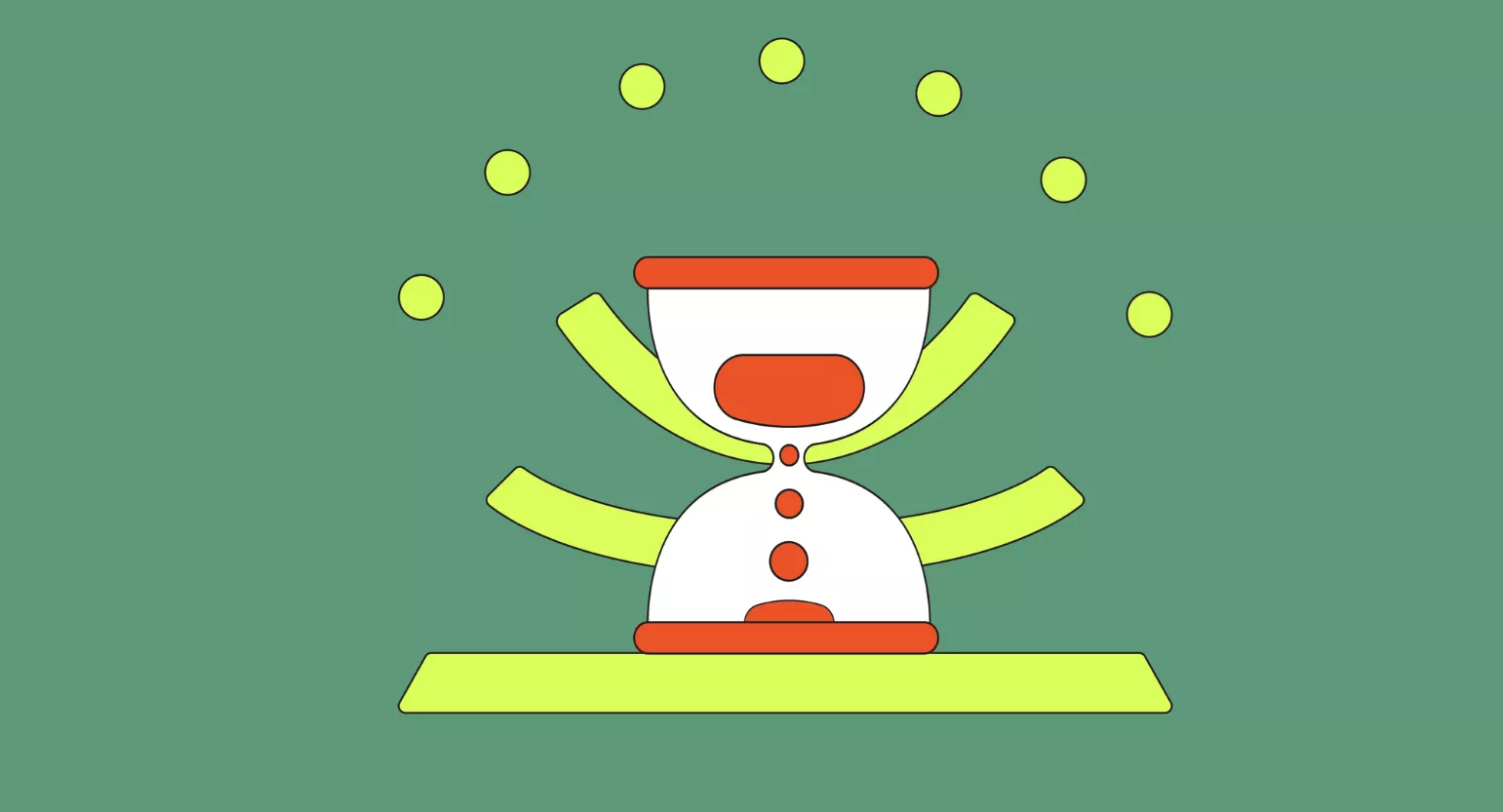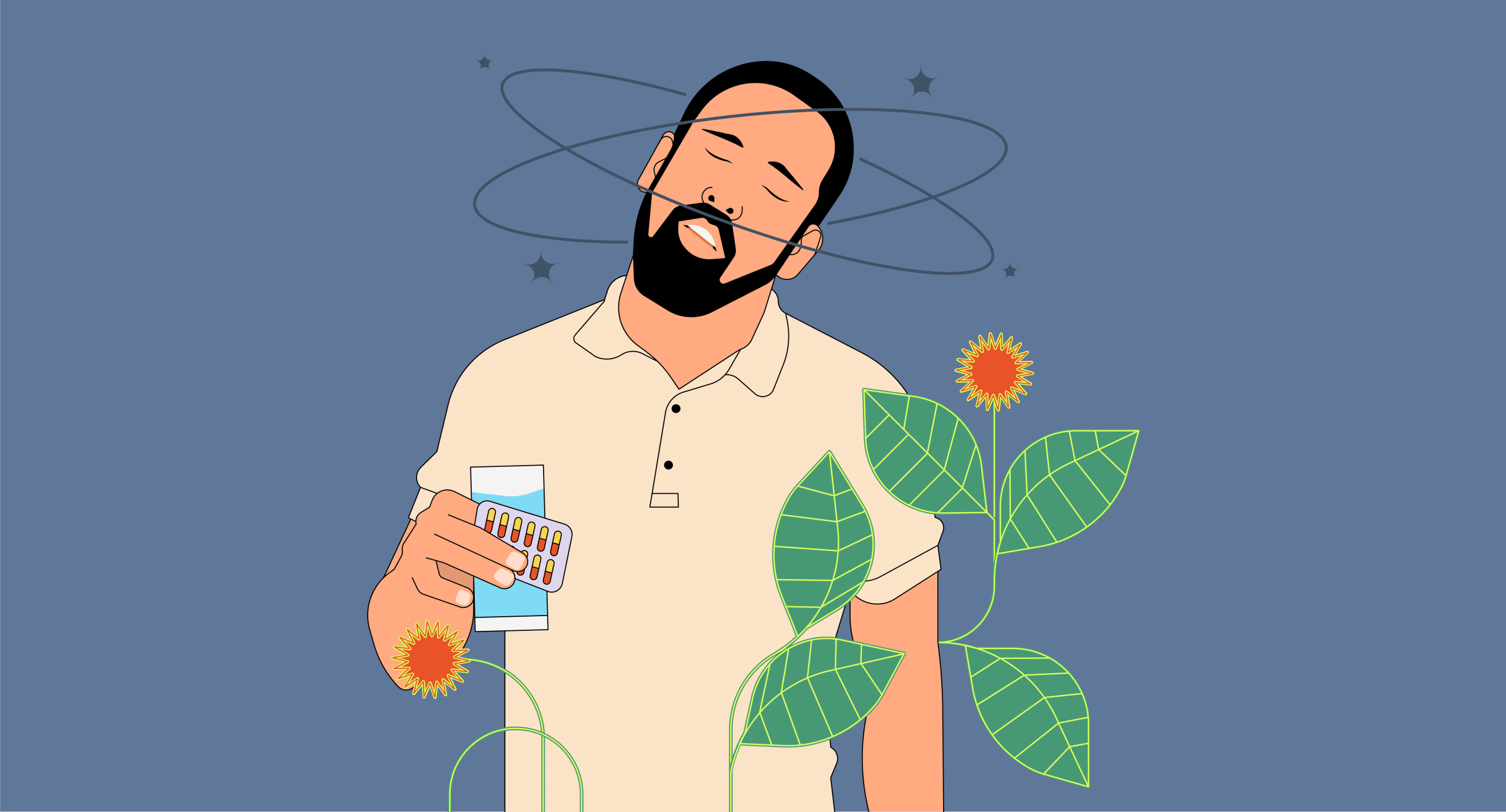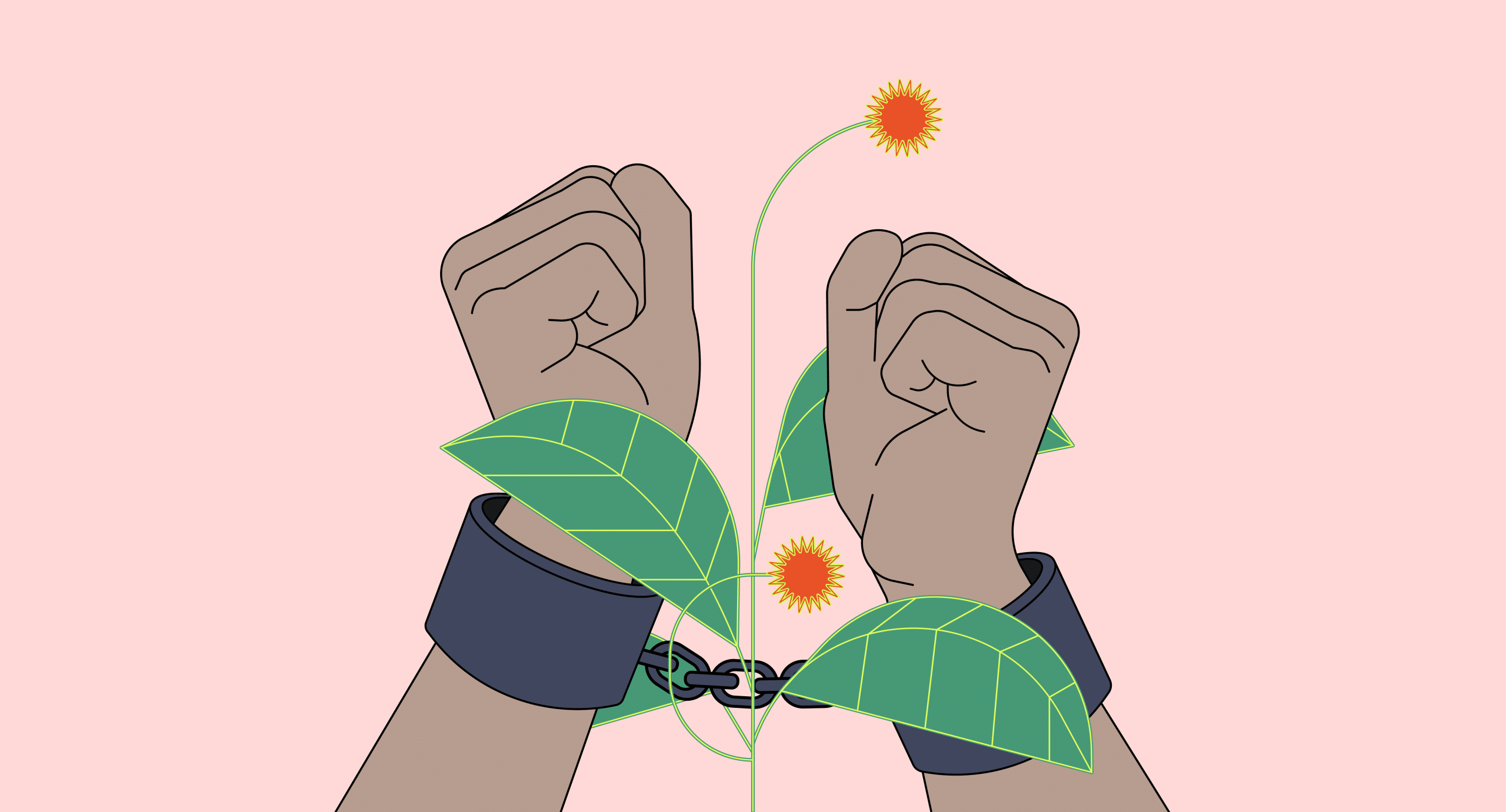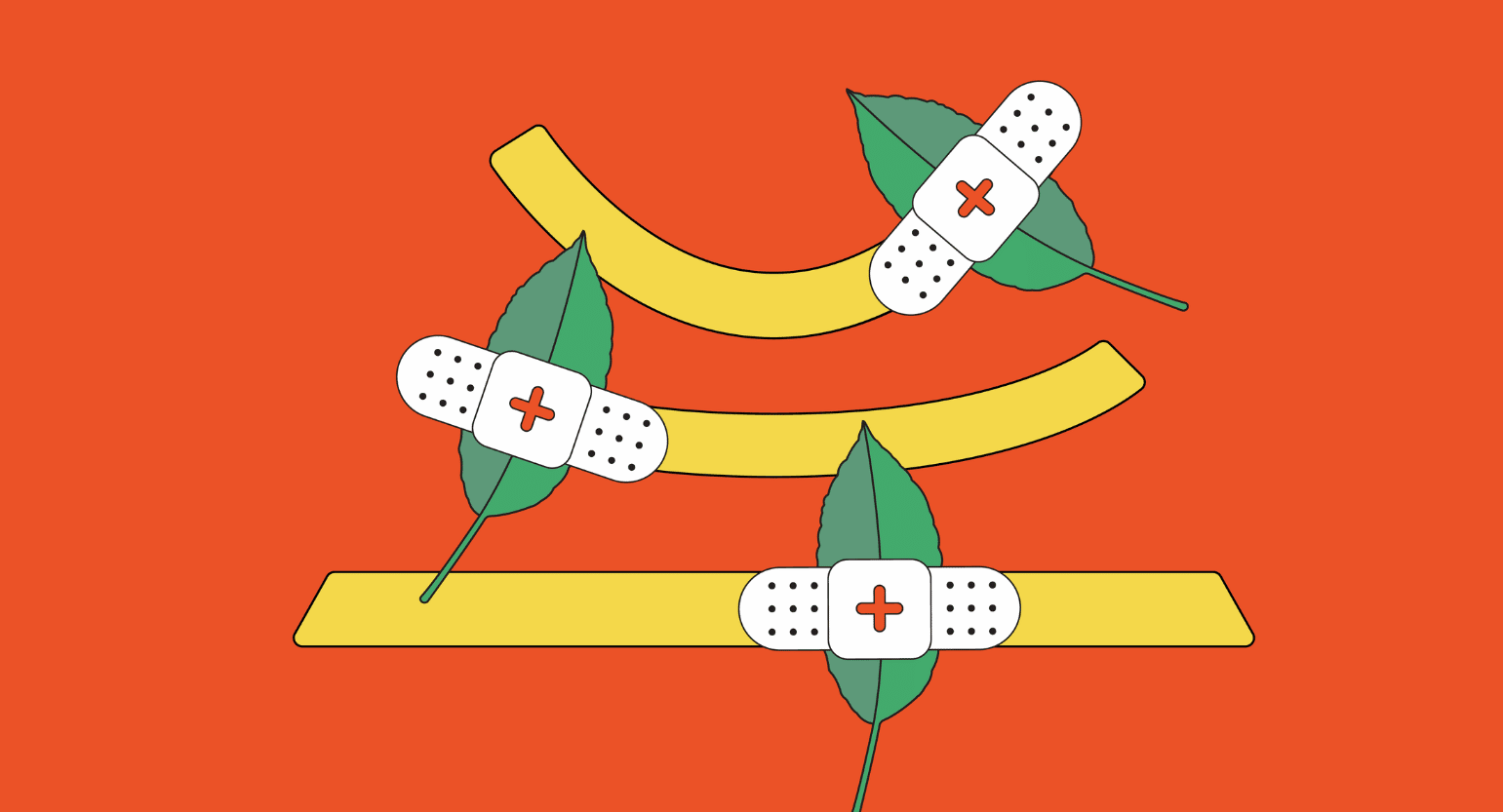Kratom & Dizziness
Dizziness is the common term used to describe a sensation of lightheadedness, weakness, and unsteadiness that can wreck a person’s coordination. Dizziness can strike a person spontaneously, or after they’ve experienced something intense like a high-velocity spin, or even after a long car ride.
Since dizziness can impact coordination and make someone feel weak and unstable, it can be disastrous for work or socializing. Certain things can trigger dizziness, so it’s essential to understand the potential causes.
Kratom is one of the things that can contribute to dizziness — this is also called the wobbles. But, as you may know, kratom and dizziness don’t go hand in hand. You may have been using kratom for weeks, months, or years and never had this experience.
Suggested Reading: Kratom Side Effects: The Ulitmate Guide to Using Kratom Safely
How Does Kratom Make You Dizzy?
If you haven’t dealt with the wobbles, pat yourself on the back. You’re doing it right — this sensation is usually the result of using too much kratom unless you are extremely sensitive to things like motion sickness or have inner ear issues. Why does this happen?
If you are or have been a regular coffee drinker, you’re probably already familiar with the jitters, a combination of symptoms marked by overstimulation.
Sensations like anxiety, jittering, twitching, and general discomfort are associated with the jitters. The wobbles are basically the polar opposite: they’re a collection of symptoms related to oversedation and can include nausea, lethargy, extreme relaxation, and, yes, dizziness.
Kratom’s effects on the opioid system are ultimately to blame for this phenomenon. Its two dominant alkaloids, mitragynine, and 7-hydroxymitragynine, play a prominent role in kratom’s opiate-like effects and are the reason you get dizzy.
In another one of our articles, we went into great detail about how kratom contributes to nausea. It turns out that several of kratom’s most common side effects (nausea, dizziness, and vomiting) are all closely related to one another, thanks to the vestibular system.

1. Kratom & the Medial Vestibular Nucleus
Opioid receptors are in the medial vestibular nucleus — located in the medulla oblongata, in the lowest part of the brain stem — and activating these can cause nystagmus, an involuntary wobbling or back-and-forth movement of the eyes [1].
When this happens, your brain and inner ear receive the message that your body is moving despite it remaining stationary. The contrast between the actual scene in front of you and the image that is perceived by your brain creates a sensation of vertigo or dizziness.
2. Kratom & the Vestibular Apparatus
Kratom can also trigger this symptom due to its interaction with a component of the inner ear called the vestibular apparatus; disorders involving this are the most common causes of dizziness [2]. It tends to be overactive when people are experiencing motion-related discomfort, such as motion sickness.
The vestibular apparatus is highly complex, but it has two components: the vestibule and the semicircular canals. The whole system can be directly triggered by opiates and opioid alkaloids, like those found in kratom [3].
Activation of this apparatus sends a message to the brain’s barfing control unit (properly known as the medullary vomiting center, a small section located within the chemoreceptor trigger zone at the bottom of the brain’s fourth ventricle).
When opioids or opioid alkaloids stimulate the vestibular apparatus, the result is a collection of symptoms that mimic carsickness or vertigo [4].
These two things will generally affect new users more than they would affect veteran users. As you continue to learn more about your ideal dosage, you’ll get better at avoiding dizziness.

What Types of Kratom Make You Dizzy?
Technically any strain of kratom can make you dizzy. However, certain kinds are far more likely to induce the wobbles than others. Here’s a quick rundown of different kratom types and how they can influence your balance.
White Kratom & Dizziness
White kratom is less likely to make you dizzy — it’s more likely to cause the agitation, anxiety, and restlessness common with too much caffeine. If you take a stupidly huge amount of it, you might feel a bit dizzy, but you’re more likely to feel nauseous.
Green Kratom & Dizziness
Green kratom has more sedating properties than white kratom, so there’s a higher chance of feeling dizzy with too much of it. It will vary depending on the particular strain you use.
People who are more tolerant of kratom may be less likely to experience dizziness due to their use. It’s unclear how this works, but this is the case with many of kratom’s adverse effects — they are more apparent at high doses and sometimes completely absent at low doses. People who use it often seem to avoid the side effects.
Red Kratom & Dizziness
Red kratom is the culprit for causing most cases of dizziness since it acts on the opioid system more. Anybody who isn’t accustomed to using red kratom and takes too much will most likely contend with the wobbles.

Managing Kratom-Related Dizziness
If you’re finding yourself dizzy more often than not, you need to change your kratom habits. Fortunately, you won’t have to stop using it completely. Most likely, you’ve just been ignoring a message from the plant that says you’re using too much.
Here are a few tips on managing dizziness while it’s happening and how to avoid it in the future.
What to Do When You Feel the Wobbles
1. Lie Down
The wobbles are generally uncomfortable, but only to the degree you’re resisting them.
The best way to deal with the wobbles is to embrace them by lying down and allowing them to pass. Lying down will likely have you glued to the couch reminiscing about the spins that used to accompany nights of debaucherous college over-drinking.
2. Use Motion Sickness Drugs
Due to how kratom interacts with the vestibular apparatus in your inner ear, it makes sense that motion sickness drugs could help the discomfort. Drugs like Gravol (dimenhydrinate) are explicitly designed for this purpose.
However, remember that many people actually use these drugs to potentiate their kratom. Combining the two could increase your buzz to a dangerous level. Only do this very carefully and with a doctor’s advice.
Many motion sickness drugs are first-generation antihistamines, and combining them with kratom can cause increased sedation or more severe side effects.
Suggested Reading: Exhaustive List of Kratom Drug Interactions.

How to Avoid the Wobbles in the First Place
The best way to deal with the wobbles is to avoid them. Here are two things to try if you often feel dizzy after using kratom.
1. Reduce Your Dosage
The wobbles are usually from using too much kratom, so reduce the amount you’re taking! If kratom makes you dizzy, lower the dose. Sometimes it doesn’t take much of a reduction to get positive results. Check out our dosage guide and calculator if you’re not sure what the “right” dose is.
2. Change Strains
Changing kratom strains can help eliminate dizziness without you even having to reduce your dose. That said, you should still keep the amount as low as possible!
Even if you switch strains, lower doses mean less risk of addiction and the inevitable withdrawal that follows.

What Else Can Cause Dizziness?
If you’re relatively confident that kratom is the cause of your dizziness, you should be okay. However, dizziness has several other causes, and some of these can be pretty serious.
Low Blood Sugar
It’s quite common among kratom users who are trying to get the most bang for their buck to take their kratom on an empty stomach. While this might cause the kratom to hit harder and stronger, it can also contribute to low blood sugar.
People often become so focused and euphoric once the kratom hits that they forget to eat or lose interest in eating. This can lead to a decrease in blood sugar levels.
One of the symptoms associated with low blood sugar is dizziness. The easiest way to manage this is to have a snack! Make sure not to eat anything too sugary or filled with refined carbs; otherwise, you’ll spike your blood sugar, which will then crash.
Underlying Health Problems
Missing meals can cause low blood sugar, but various conditions that affect the inner ear can also cause dizziness. It can indicate diabetes, though heart and brain conditions can also lead to dizziness.
If dizziness is a common factor in your daily life, you might want to get checked out by your doctor.

To Wrap It Up
Kratom is known to cause dizziness. The symptom is the result of how opioid alkaloids interact with the inner ear and certain areas of the brain. Dizziness can also emerge from nystagmus, a clinical condition in which the eyes wobble back and forth, producing a sensation of motion.
In either case, you can usually reduce the amount of dizziness that you’re struggling with by reducing your overall kratom dose. You can also take motion sickness drugs if the dizziness is severe and persistent, but these should be considered a last resort.
- Kaut, O., & Kornblum, C. (2010). Transient downbeat nystagmus after intravenous administration of the opioid piritramide. Journal of Neuro-Ophthalmology, 30(2), 164.
- Thömke, F. (2007). Frequently occurring forms of dizziness and their treatment. MMW Fortschritte der Medizin, 149, 70-72.
- Porreca, F., & Ossipov, M. H. (2009). Nausea and vomiting side effects with opioid analgesics during treatment of chronic pain: mechanisms, implications, and management options. Pain medicine, 10(4), 654-662.
- Bronstein, A. M., Golding, J. F., & Gresty, M. A. (2020, February). Visual vertigo, motion sickness, and disorientation in vehicles. In Seminars in Neurology (Vol. 40, No. 01, pp. 116-129). Thieme Medical Publishers.









